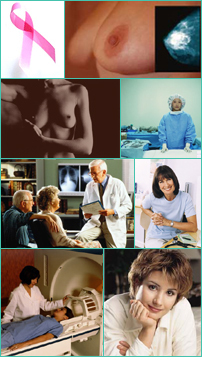Periductal mastitis is inflammation in the breasts.[1] Although mastitis is more common in women who are lactating (i.e., producing milk) and nursing their child, mastitis can occur in women of any age.
Symptoms of periductal mastitis may include:
• Swelling of the breasts
• Hardness of the breasts
• Engorgement of (trapping of milk in) the breasts in a woman who is lactating and nursing her child
• Swelling of lymph nodes in the armpit(s)
• Overall redness of the breasts
• Red streaking radiating from the nipples to the skin of the breasts
• Red, inflamed appearance of the nipples
• Hardness of the nipples
• Inverted (inward positioning) of the nipples
• Ulcers (open sores) on the nipples
• Dryness and cracking of the skin of the nipples
• Bad-tasting breast milk that is rejected by the nursing child
• Blood in the breast milk
• Hot feeling of the breasts
• Soreness of or pain in the breasts
• Burning feeling in the breasts
• Heavy feeling of the breasts
• Intense itching of the breasts
• Soreness of or pain in the nipples
• Intense itching of the nipples
• Pain during release of breast milk and/or nursing
• Pain upon lifting the arms
• Pain radiating from the breasts to the shoulder, back, and/or other parts of the body
• Fatigue
• Fever
• Redness in the face
If you think that you have periductal mastitis, consult your integrative medical physician and gynecologist immediately for diagnosis. An examination and laboratory testing can determine whether inflammation is present, or whether infection (infectious mastitis) is present.
Many ways are available to help manage and treat mastitis. See our Q&A called Treatment of Mastitis.
|


